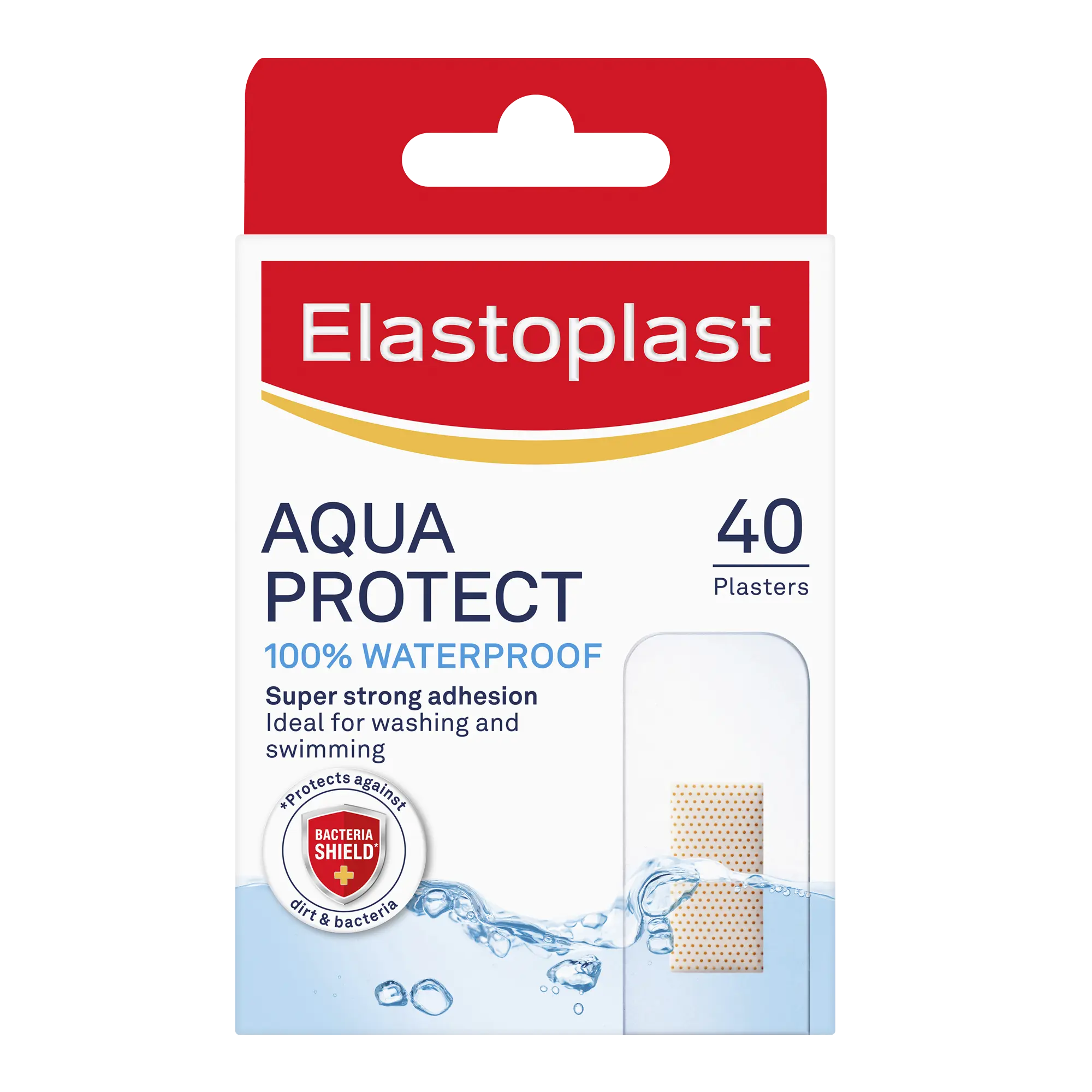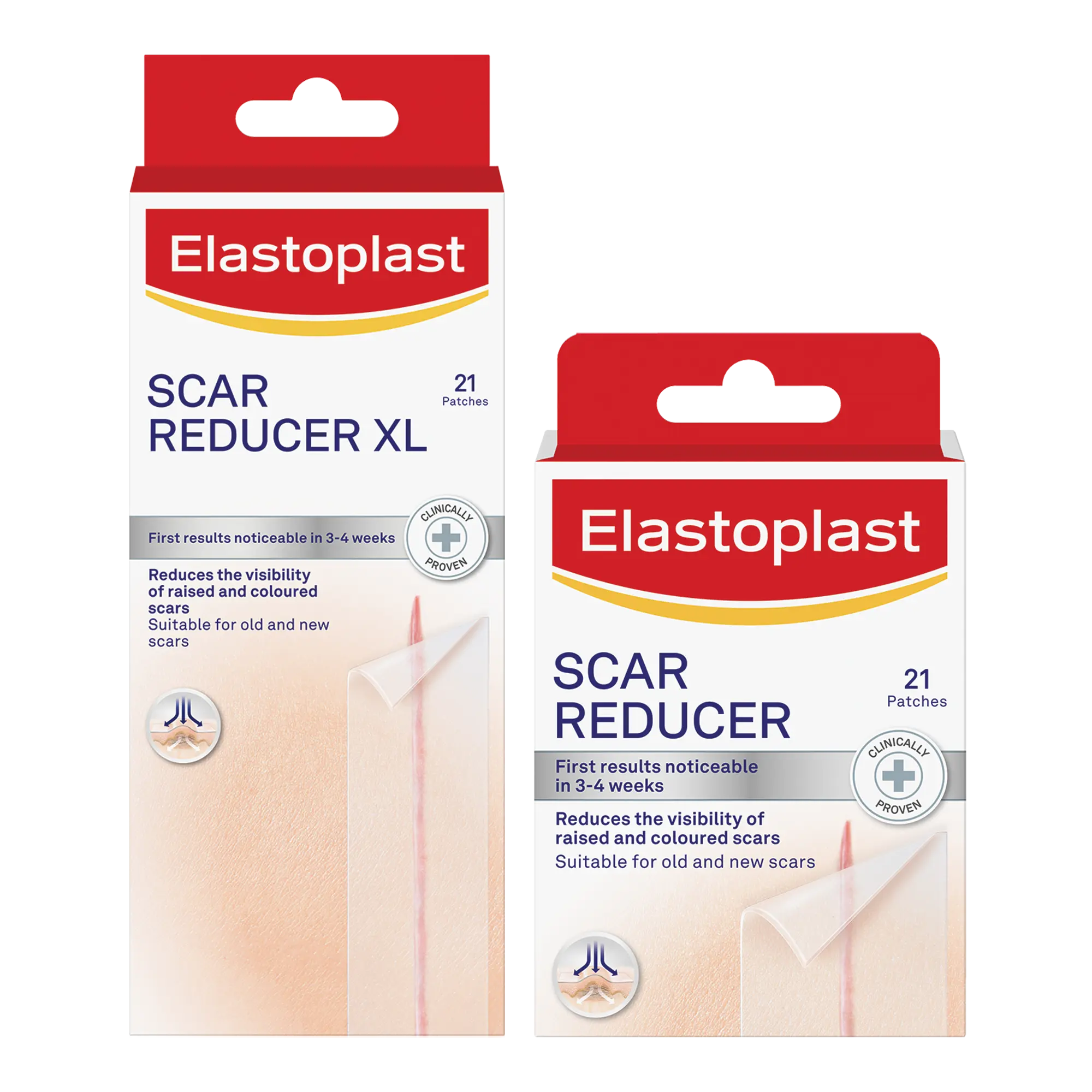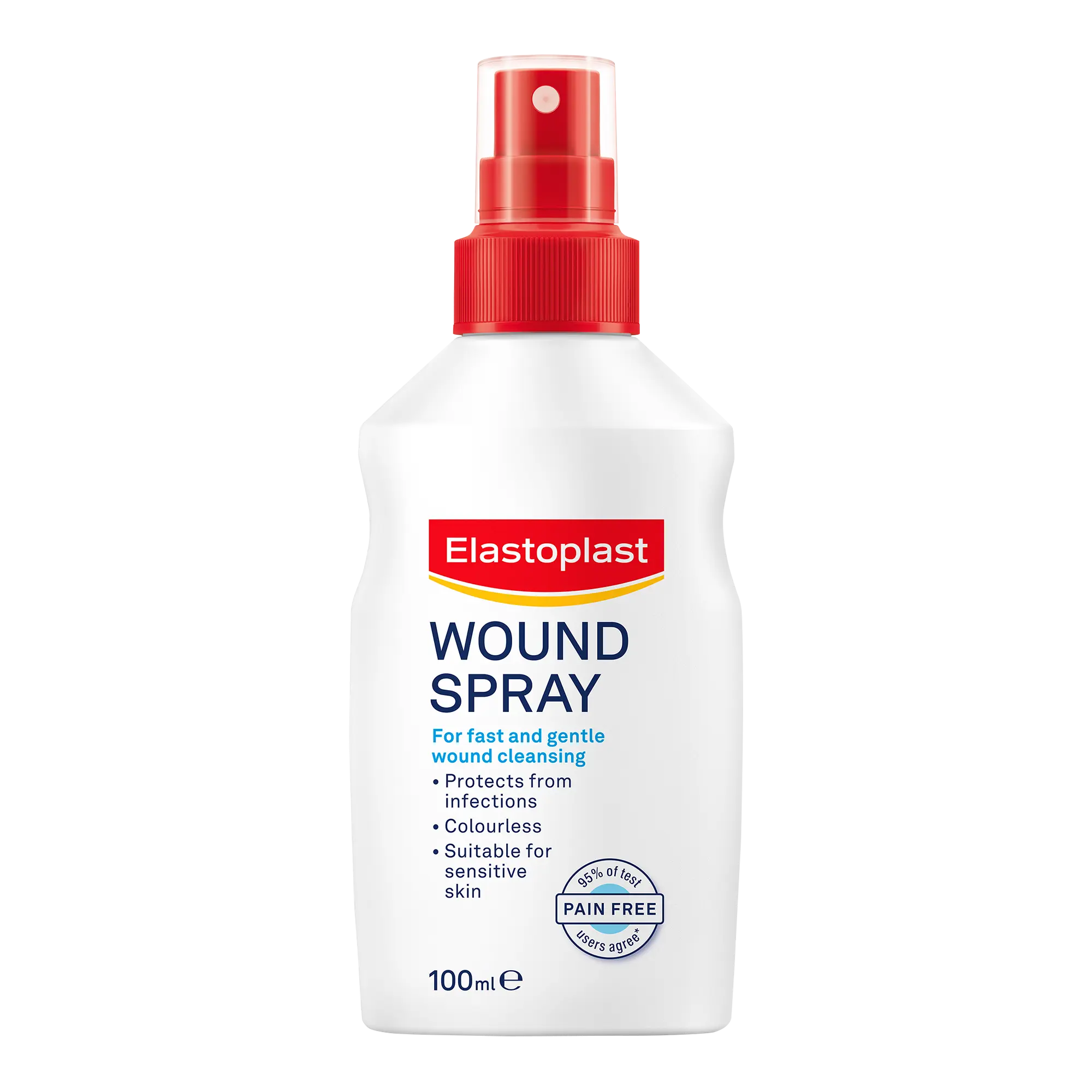Cuts on fingers and hands and abrasions on knees: given that those are the most common of everyday injuries, it is surprising how little we know about their proper treatment. Actually, many mistakes are made when it comes to taking care of these (often painful) wounds.
That is why we thought it was about time to put the ten most common and persistent myths of wound care to the test. Read on – after a few minutes you will know how to better relieve pain, avoid complications and support the wound healing process of any future wound or small injury.
Myth #1: Do wounds heal better when exposed to air?
This a myth that has persisted for decades. Surprising, as the top priority of wound care should always be to keep a wound as clean, germ-free and protected as possible. That is why after having cleaned the wound with disinfectant (free of alcohol, so that it doesn't hurt) you should always apply a plaster on the injured area!
All Elastoplast plasters are breathable and protect the wound from external influences, so that dirt and bacteria cannot penetrate and the risk of infection is reduced. In addition, the wound pad of the plaster will cushion the wound and protect from painful friction and pressure. Result: Wound healing can take place as undisturbed as possible.
Myth #2: Plasters are a possible breeding ground for germs
Another common myth is that bacteria are supposed to feel especially comfortable under a wound dressing. Quite the contrary is true: Using the correct plaster to cover up a wound which has previously been cleaned out will protect it from contamination through germs and bacteria, thus preventing possible infections.
Myth #3: The better the wound care, the smaller the scar
Myth #4: Slow wound healing can be an indication for serious diseases
Correct. Wounds that take especially long to heal maybe a symptom of a disease such as diabetes mellitus, or may indicate an impaired immune system or blood circulation problems. Therefore it is important to have your wound checked by a doctor for possible causes if you suspect that it takes longer than usual to heal in spite of it being properly cared for.
Myth #5: The deeper the wound, the greater the pain
Thinking that this may be true makes sense, as it is easy to assume that a wound may be the more painful the deeper it is. However, just the opposite can be the case. Due to the large number of nerve fibres located just under the top layer of our skin (the epidermis) superficial abrasions or burns will often cause more pain than a cut that may happen when working in the kitchen or workshop. Any deep puncture wounds or cuts that bleed severely should always be cared for by a doctor!
Myth #6: Wounds just need a plaster on day one
Many people tend to apply a plaster in the acute phase of the injury only, that is, just until the bleeding has stopped. Then the plaster is removed and discarded as quickly as possible in order "to let the wound breathe".
Scientific studies have shown, that in most cases wound healing will proceed better and without complications if the wound is protected with a plaster until they have healed completely.
Myth #7: Alcohol cleans and disinfects wounds best
Myth #8: Seawater supports the wound healing process
This is a myth that seems to originate from pirate and adventure novels. Even if many of us would love to believe this romantic theory: we are afraid to have to tell you that it is complete nonsense.
What many people do not consider is that sea water may be severely contaminated, especially near those coast stretches - with a variety of highly unsavoury germs or chemicals "swimming" in it. Both of which would contribute significantly to the risk of an infection and can delay wound healing. In addition, contact with water will swell the skin, which may affect the process of wound closure. In this case, bacteria and germs may easily enter the wound and the risk of wound infection would be increased dramatically.
Myth #9: Wounds itch when healing
We all know the feeling: some time after an injury, the affected area will begin to tingle and itch. This goes especially for superficial wounds. And yes – in fact, this itching may indicate that the healing process is well on its way.
But do watch out! Should your wound be very red, suppurate, or the itching turn into a throbbing sensation, you should definitely consult a doctor because these could be signs of an infection that should be treated medically as soon as possible.
Myth #10: Small wounds need not be treated
Playing down a small wound? Unfortunately, many of us make that mistake. Though it should be clear to anybody that even the smallest pinprick offers a huge entry hole into our body for bacteria. Therefore: Always treat any wound with appropriate wound care, no matter how small it may be. This helps to prevent infection and will ensure optimal healing.
Conclusion: put a plaster on it!
Taking proper care of your injury can seem to produce small miracles; especially if you use the right plaster to cover it. That is why it is worthwhile to always have a first aid kit at hand as well as a selection of different plasters in different sizes, so that you are be prepared for anything.
Hopefully this has cleared some misconceptions on the topic of wound care and brought you up to date, so that you and your family can benefit from the right wound care.
Always see your doctor if the wound is deep, bleeding or shows signs of infection like reddening, swelling or warmth.
Also make sure to seek medical help if you are not able to clean the wound properly.
In case you have diabetes a proper wound care is of special importance. Always discuss any concerns you may have with your doctor and/or podiatrist, even for the care of minor wounds and skin cracks – especially on your feet.
Please note that none of the above given tips or recommendations substitute medical advice. Carefully read the instructions for use given in our products‘ packages. Important: consult a health professional in case of any uncertainty of treating your wound properly.
The information provided through this website should not be used to diagnose or treat a health problem or disease. It is not a substitute for professional care or advice. If you have or suspect a health problem, you should consult your doctor. Never disregard professional medical advice or delay in seeking it, because of something you have read on this website.
For further information regarding Elastoplast products, please contact us via email on Australia.ConsumerServices@Beiersdorf.com. Carefully read the instructions for use given in our products' packages.



